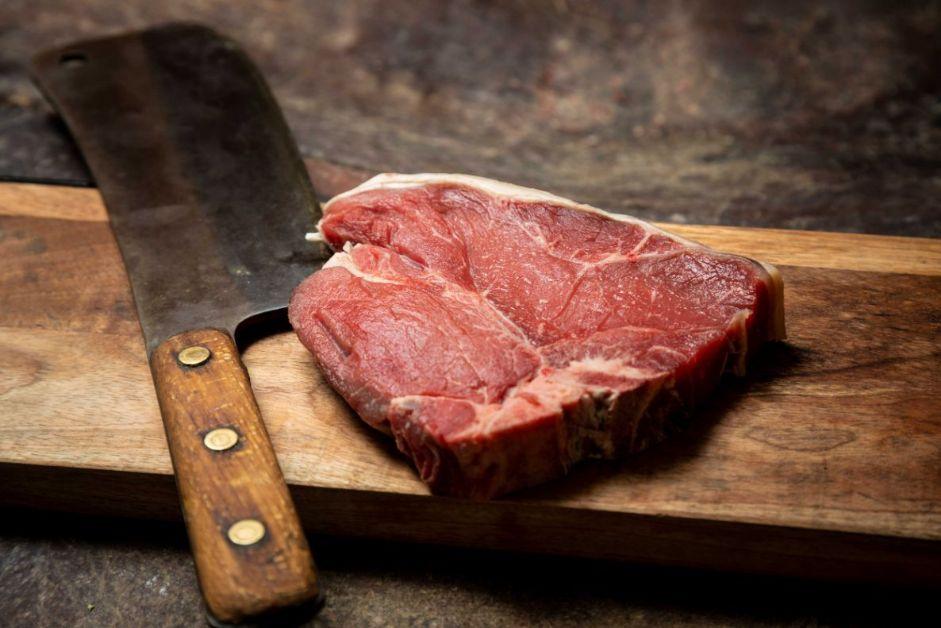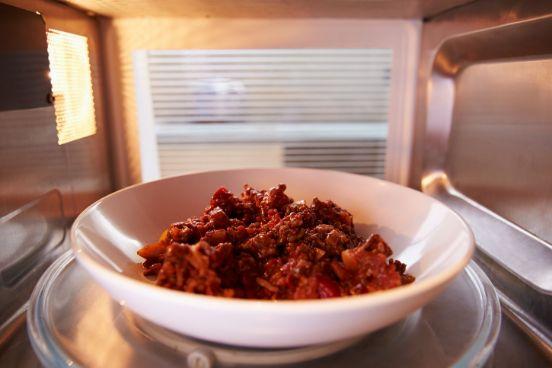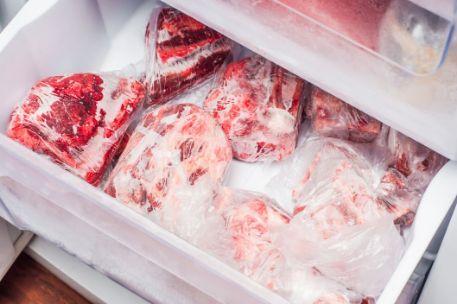- Home page
- Dive into cooking methods 101
- More tips up our sleeve
- Freeze defrost and reheat the right way
- Defrosting beef or lamb
Here's how you do it
- Take the frozen meat from the freezer, place it on a dish leaving it in the freezer wrapping.
- Place the dish on the bottom shelf of the fridge until thawed
- Consume within the recommended fridge storage time.
You'll need to plan ahead, but the tender, juicy results are worth the wait!
Frozen fresh beef/lamb thawing times
| Beef/Lamb Cut | Thawing Time |
|---|---|
| Large Roast | 4-7 Hours per 500g |
| Small Roast | 3-5 Hours per 500g |
| Steaks (about 3cm thick) | About 12 hours overnight |
How to defrost beef or lamb in the microwave
Pressed for time? Defrosting beef or lamb in the microwave is a saviour when you need to speed things up
- Remove freezer bag from the meat, this prevents your meat from sitting in "drip" and stewing while defrosting.
- Use the pre-programmed defrost setting on your microwave.
- When defrosting mince remove outer portions from the dish as they thaw and set aside.
- If the edges of cuts feel warm, stop microwaving and allow the meat to stand for a few minutes until the edges are cold again.
- Cook meat immediately after defrosting. Making sure it doesn't stand for any length of time at room temperature or in the fridge.
Did you know?
Certain flavours in cooked dishes, such as onion and garlic oxidise in the freezer over time - it's known as flavour taunting. As many cooked beef and lamb dishes contain one or both of these ingredients, we recommend storing frozen dishes for no longer than 1 month to keep the flavour tasting fresh.
Safety matters!
Refreezing defrosted raw beef
Always cook defrosted beef before refreezing to ensure the greatest beef experience and avoid any microbial risk
Kitchen science
Beef cuts contain a high percentage of water. When frozen, tiny ice crystals form within the meat's structure. These crystals rupture the fibre of the meat, causing it to leach water when defrosted. That's why, apart from being potentially unsafe, repeated freezing causes beef to dry out.



